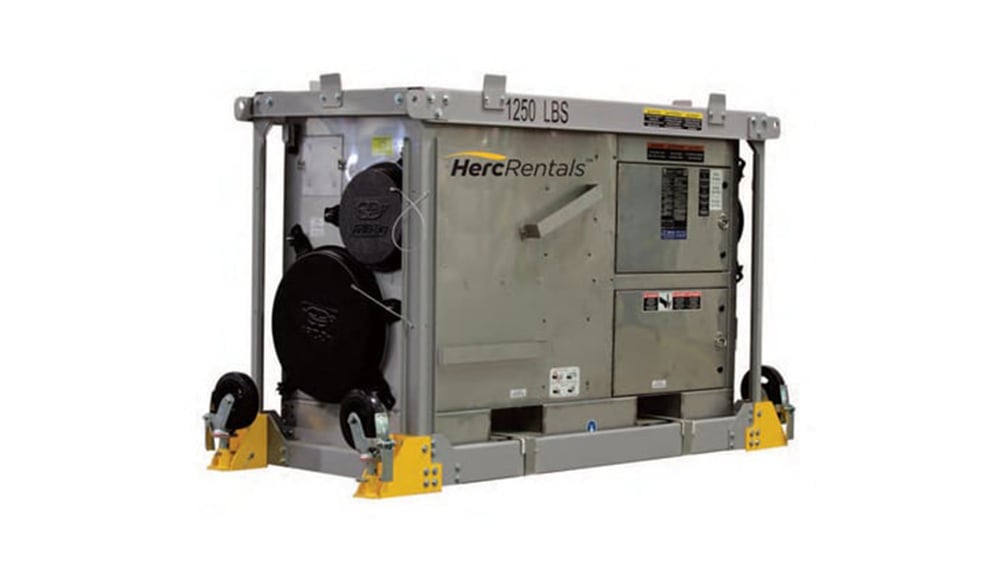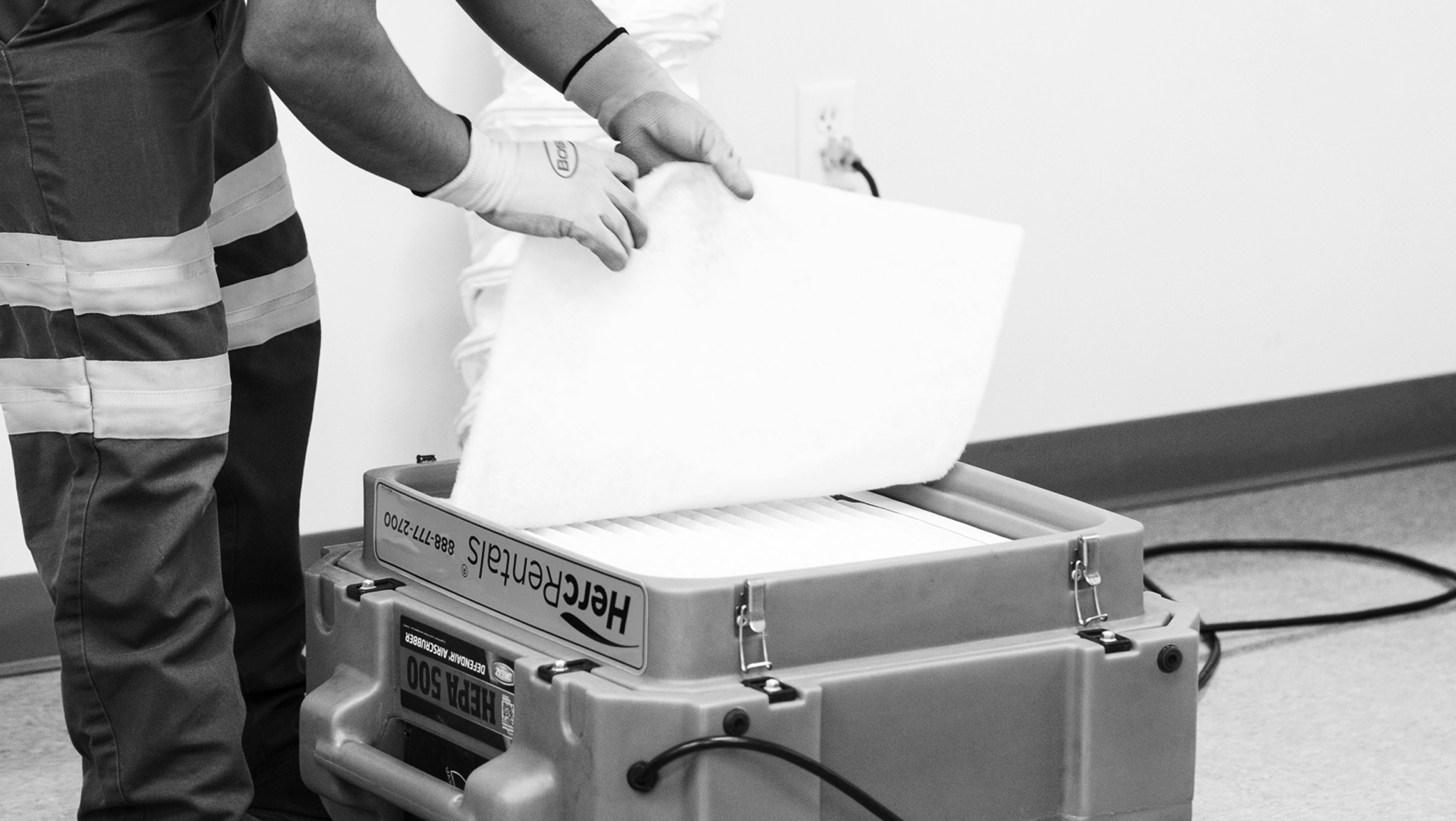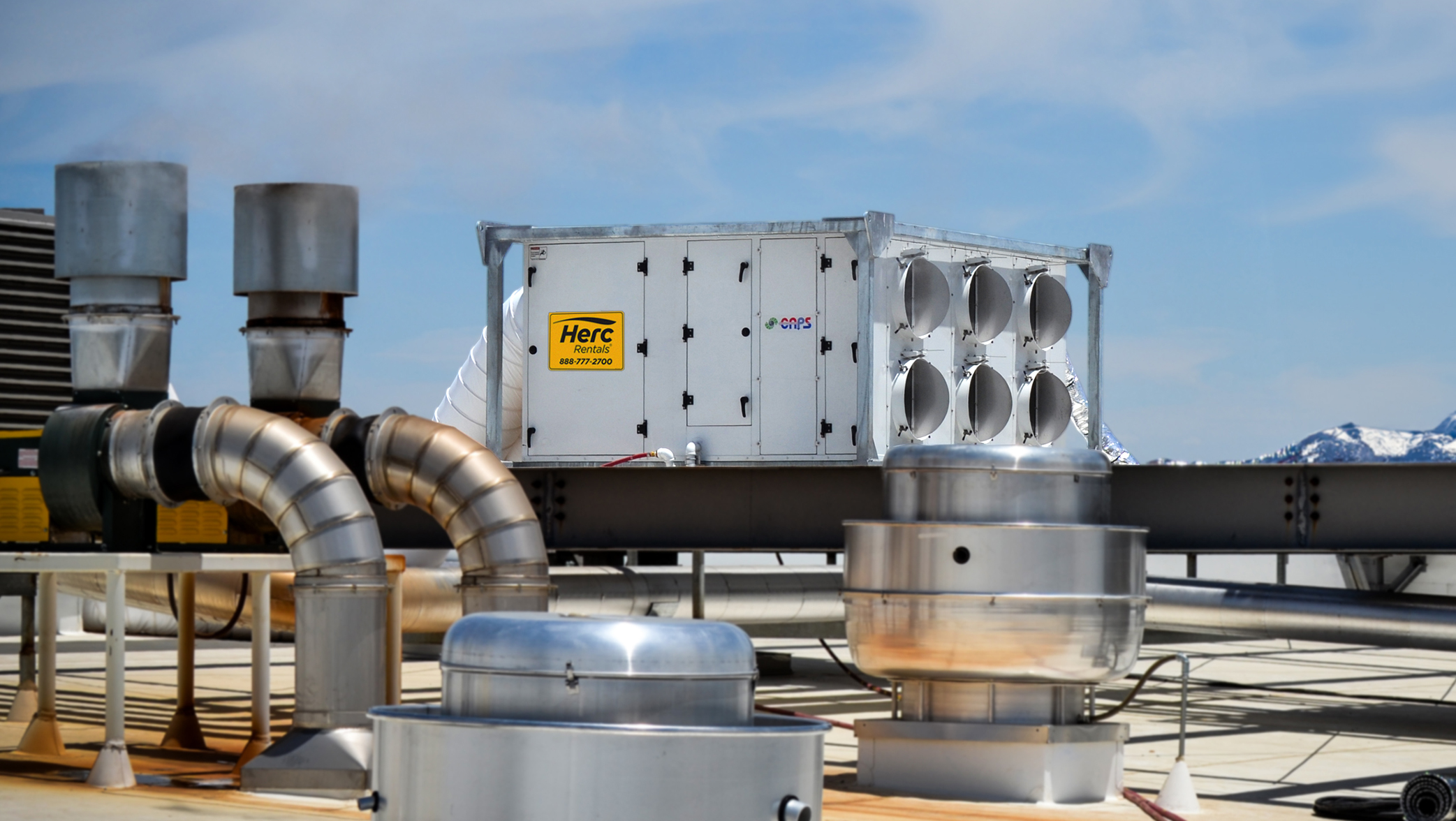Excess moisture can open the flood gates for serious problems at your construction site.
A great article by the Association of the Wall and Ceiling Industry profiles the difference between drying a construction site with a heater, versus using a desiccant dehumidifier.
Drying a construction site using the most effective method may seem like common sense, but there are covert details that need to be considered.
Heat Vs Dehumidification: What’s the Best Choice?
Heaters and dehumidifiers are the most often used tools for removing moisture from a construction site. When comparing the two methods, dehumidifiers are clearly the more effective option.

2000/1000 CFM Desiccant Dehumidifier, 460V 3PH
Heaters force air over some type of heating apparatus, increasing the temperature in a room. As heaters lack any internal mechanism for wicking moisture, this does not remove moisture from the air. Understandably, this leads many to question why heaters have been so often used to dry construction zones in the past.
When heaters increase temperature, the moisture in the air decreases in comparison to the temperature. This improves the conditions of a site, but only very slightly.
When sites are dried using humidifiers, they pass through a device that directly removes moisture from the air. Through the direct correlation between moisture content and vapor pressure, removing moisture from the air lowers vapor pressure.
Differences between heating and dehumidifying methods for drying construction sites also exist in terms of costs:
Heaters:
• Low start-up cost
• High maintenance costs
Dehumidifiers:
• High start-up costs
• Significantly lower maintenance costs.
A Common Mistake
Some contractors try to use their building’s HVAC system to take care of moisture issues. Since the HVAC is designed with temperature control in mind, it doesn’t have any moisture control capability, especially to handle the amount of moisture removal needed at construction sites.
Using your HVAC system to dry an area can also cause the spread of dust and mold spores throughout the system and affect the HVAC’s warranty. For these reasons, most building owners do not allow the HVAC to be used in this way.


